LA carpark transformed into temporary shelter to house transient and homeless people
This new temporary shelter concept aims to support Los Angeles' transient and homeless population as a response to the city's ongoing pandemic and housing crisis
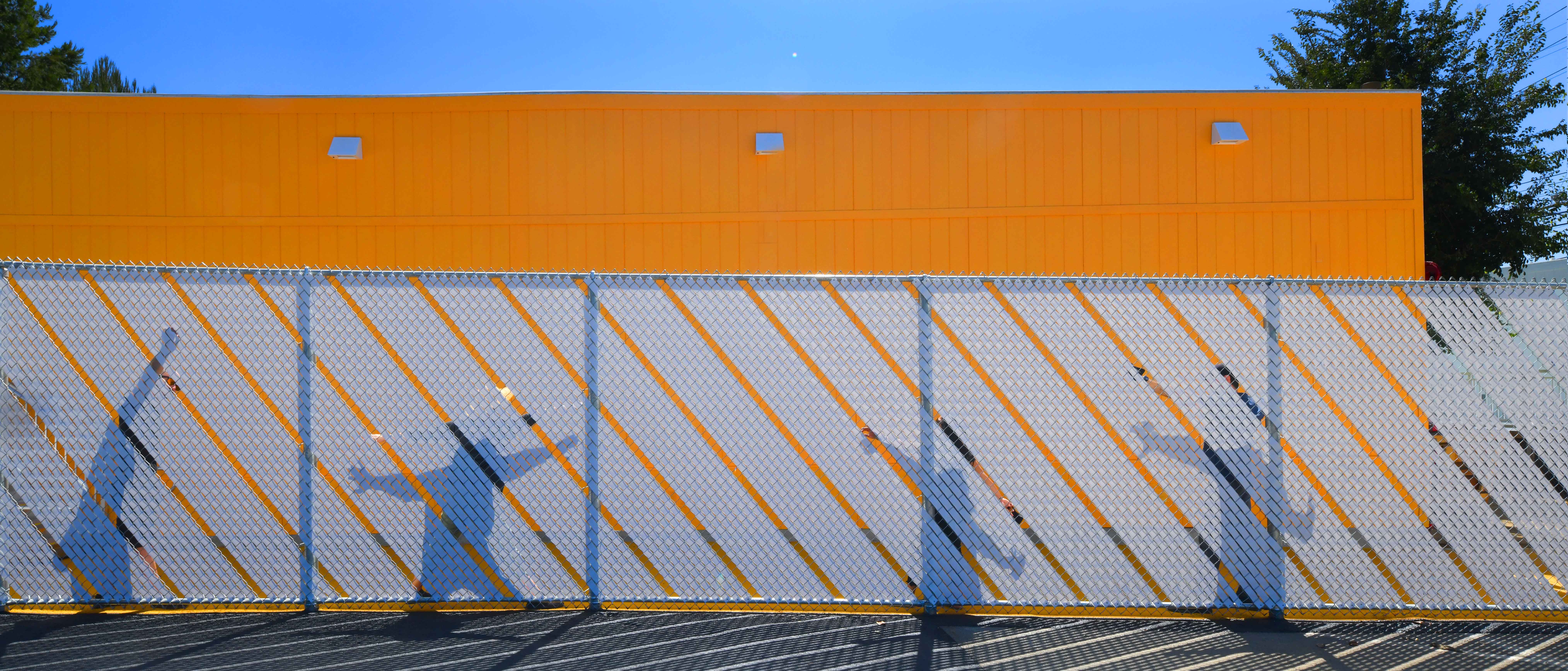
With unemployment reaching unprecedented highs in the United States these past few months, it comes as no surprise that the need to provide housing and shelter for the country’s transient and homeless populations is more urgent than ever.
Earlier this month in Los Angeles, a new community housing project, named the Aetna Street Bridge Home, was unveiled as a pioneering model to help tackle the homelessness crisis in the city. Designed by Lehrer Architects and located in an underused parking lot in the city’s Van Nuys’ neighbourhood, the eye-catching complex is one of the centerpieces of the city’s emergency response. It is set to provide safe and inviting shelter in local communities until they are connected with a permanent home.
Designed in three weeks and built in just four months, Aetna Street Bridge Home occupies a quarter-acre site. It provides 70 beds within its structures, which are made from trailers. Lehrer Architects, one of the city’s 20 pre-approved architecture firms, won the Van Nuys project after competing in a request for a proposal. They also created the design under accelerated and streamlined budgetary conditions.
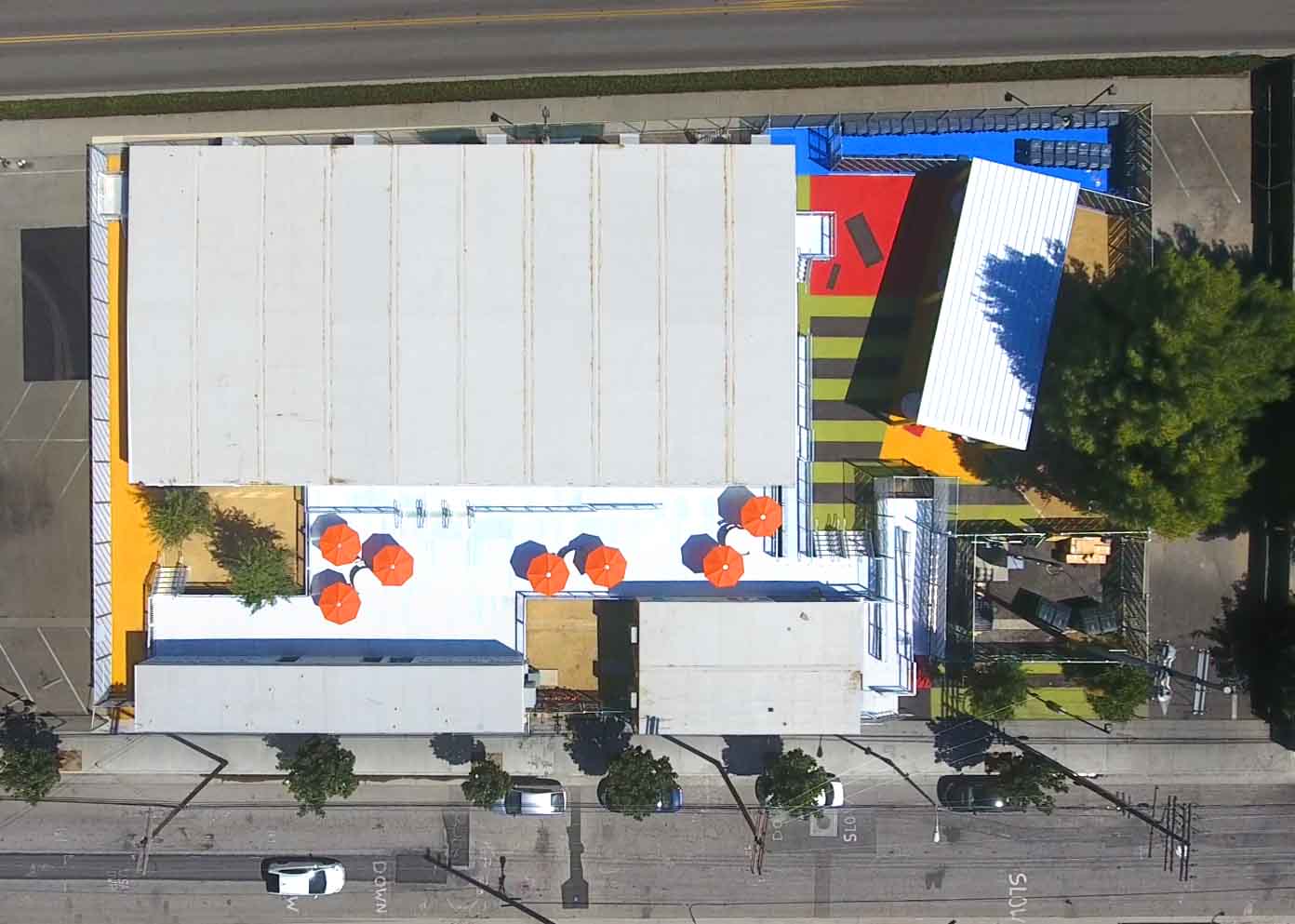
‘The City Department of Bureau of Engineering set the requirements for this project, part of a 15 shelter, city-wide ‘A Bridge Home’ program. We decided to pursue it as it is closely aligned with our mission of doing our share to house the homeless,’ recalls the firm’s partner and project lead Nerin Kadribegovic. ‘We are already working on hundreds of units of permanent housing, which take a couple of years to design and build, so a ‘bridge home’, or a temporary shelter, was a great way for us to engage and provide immediate relief to the crisis.’
At the Aetna Street Bridge Home, modular, prefabricated units have been shaped into accommodation. This includes shared dining and gathering spaces, a pet play area, showers and restrooms, laundry and a secure storage area. Lehrer Architects deployed a bounty of colourful, graphic details to create a sense of character and bring a unique design and aesthetic sensibility to the spaces – a speedy and effective strategy given the budget, temporary nature and time constraints of the project.
Set back from the sidewalk by a bright green stripe that continues up the sides of the buildings, the complex incorporates existing trees to bring a sense of reprieve. It also adds generous amounts of shade and soft-scaping to counter the angularity of the program’s pre-mandated use of hard surfaces.
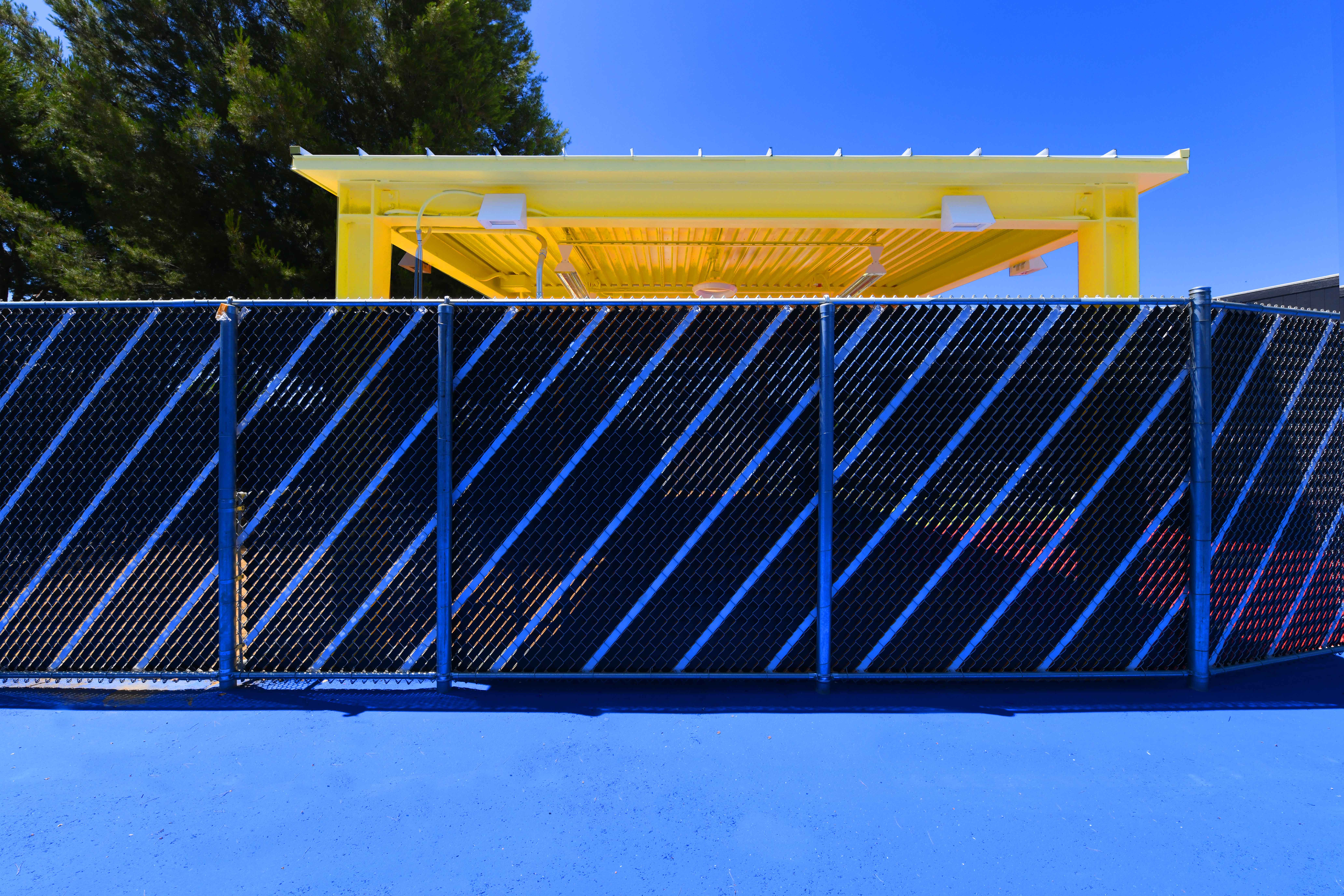
In the dining area, a large, bright yellow canopy equipped with lighting and space heaters provides a space that can be used by all throughout the day. Solar reflective paving helps to cool the campus’ microclimate, while the construction of a raised deck between the structures transforms interstitial spaces into venues for interaction and support.
‘With little maneuvering room, we worked the pre-determined components into a composition of fields of colour, existing trees, and trailers, re-imagined as abstract elements,’ Kadribegovic says. ‘The trailers are like any other found at construction sites throughout the country. We removed all unnecessary details, either through paint or actual removal, hence their unorthodox appearance. As a design strategy, when forced to use ordinary objects, we place them in a field of similar colour to get extraordinary results.’
The firm’s graphic treatments are especially effective in the residents’ storage area, where the city designates standardised blue recycling bins that can be locked to be used to keep personal belongings safe. ‘We responded to this by painting the ground of the storage area blue, resulting in a fun and uplifting feeling for this utilitarian space,’ Kadribegovic shares.
Lehrer Architects also responded creatively to the mandated use of chain link fencing by adding graphic patterns onto them. ‘Using available vinyl privacy strips, we played with light, shadow, and background colour to create artful patterns to offset the industrial nature of the product,’ he says. ‘Naturally, we strive to infuse all of our projects with a sense of dignity and uplifting feeling that touches one’s soul.’
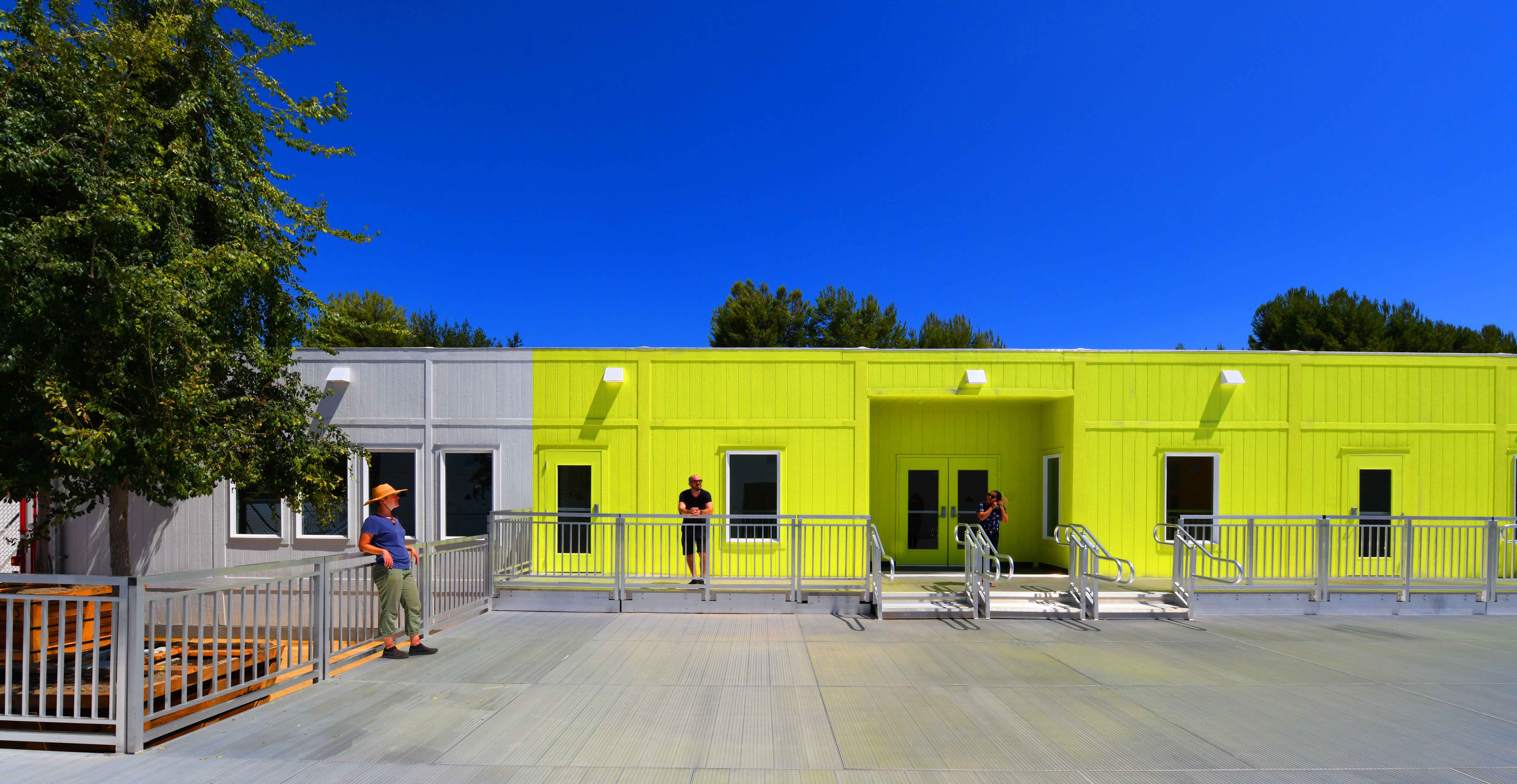
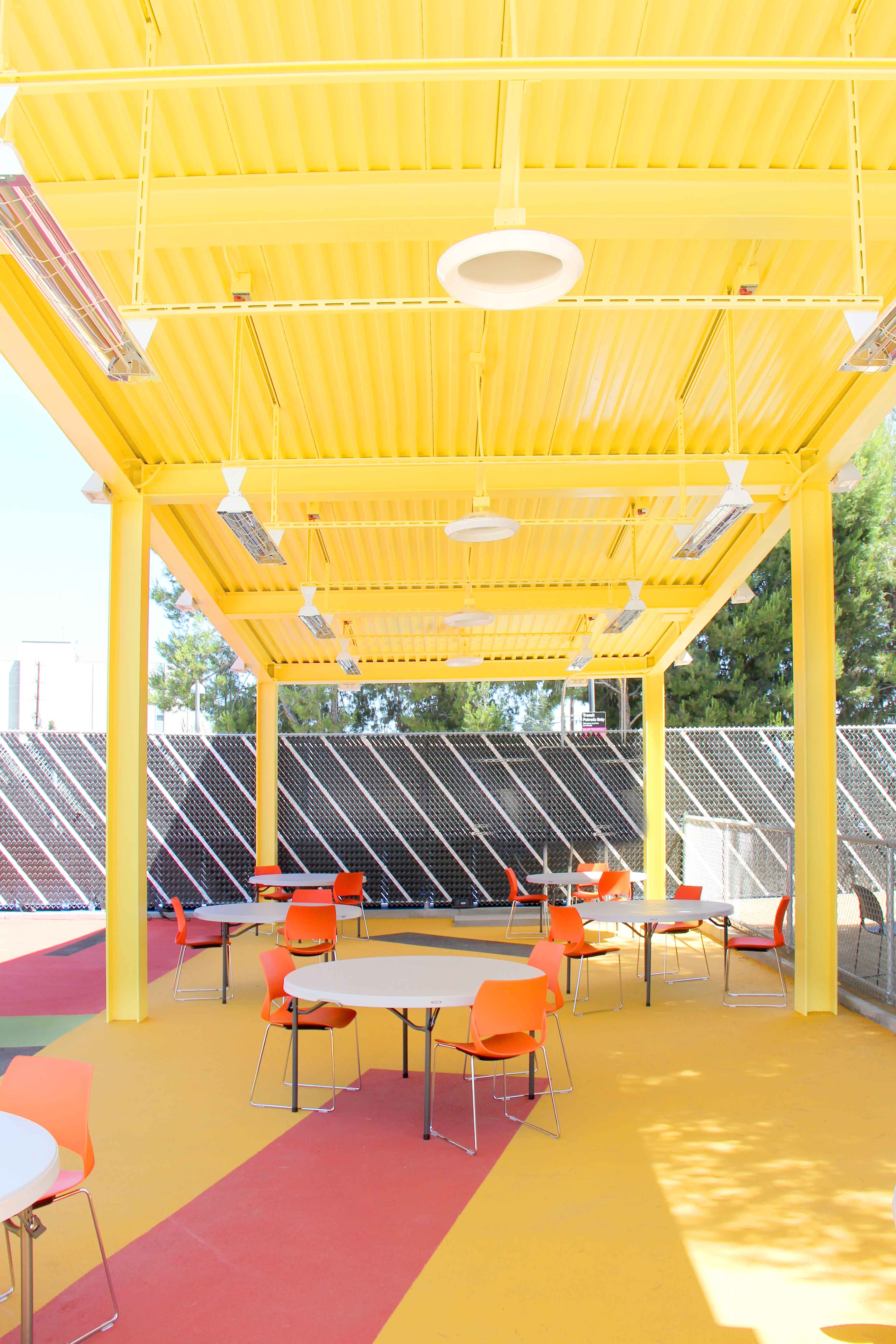
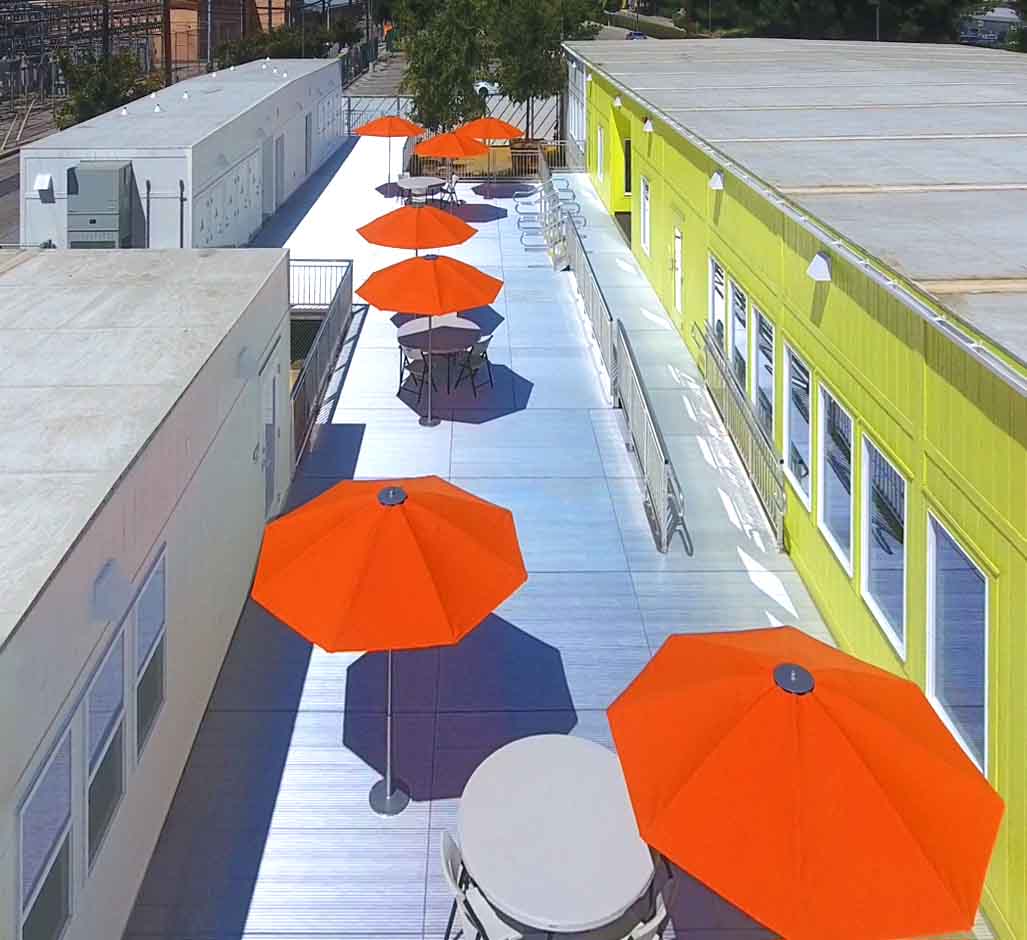
INFORMATION
Receive our daily digest of inspiration, escapism and design stories from around the world direct to your inbox.
Pei-Ru Keh is a former US Editor at Wallpaper*. Born and raised in Singapore, she has been a New Yorker since 2013. Pei-Ru held various titles at Wallpaper* between 2007 and 2023. She reports on design, tech, art, architecture, fashion, beauty and lifestyle happenings in the United States, both in print and digitally. Pei-Ru took a key role in championing diversity and representation within Wallpaper's content pillars, actively seeking out stories that reflect a wide range of perspectives. She lives in Brooklyn with her husband and two children, and is currently learning how to drive.
-
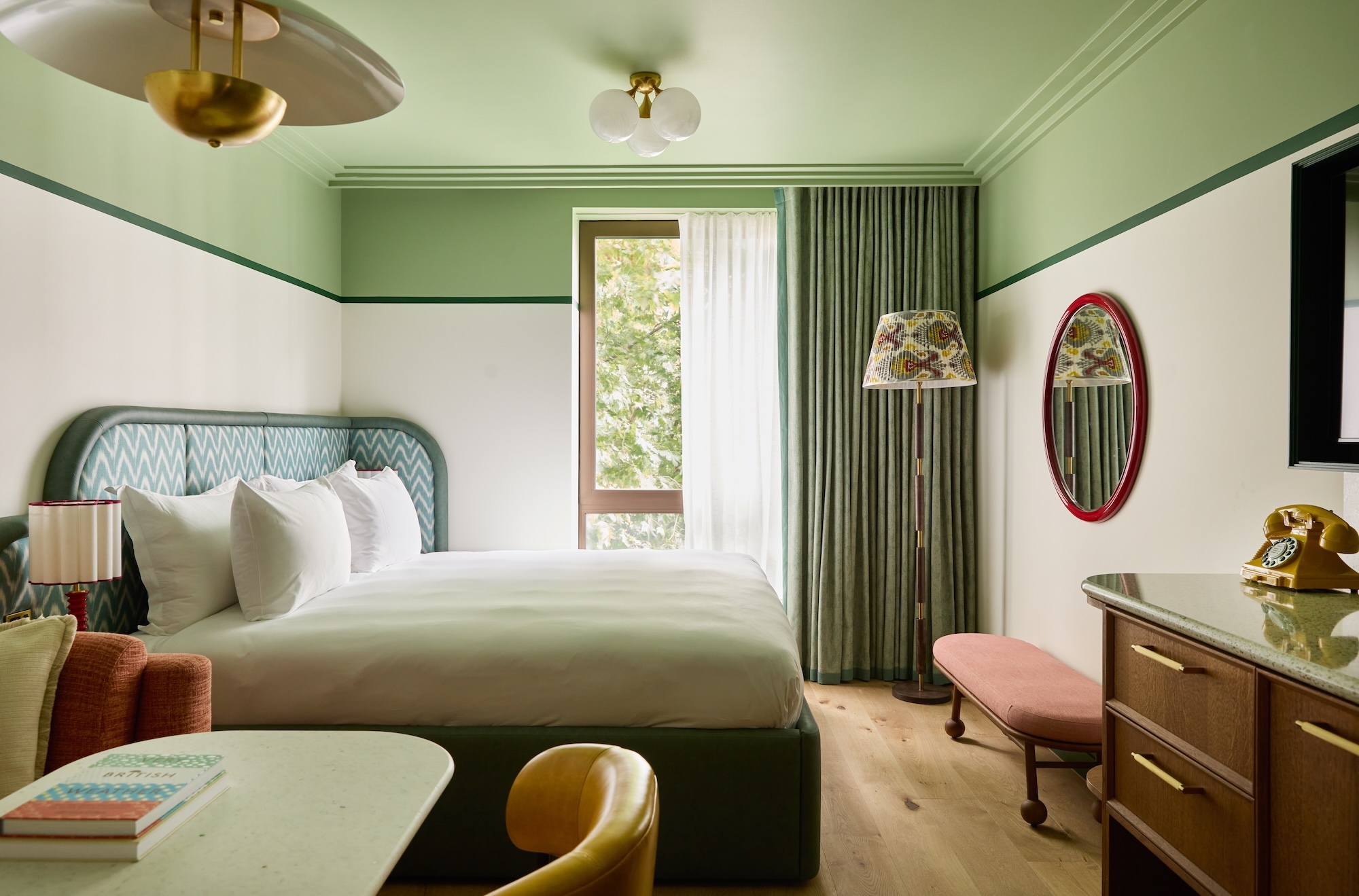 At last: a London hotel that’s great for groups and extended stays
At last: a London hotel that’s great for groups and extended staysThe July London Victoria, a new aparthotel concept just steps away from one of the city's busiest rail stations, is perfect for weekends and long-term visits alike
-
 Three new smartwatches showcase new frontiers in affordable timepiece design
Three new smartwatches showcase new frontiers in affordable timepiece designLong may you run: smartwatches from Withit, Kospet and OnePlus favour function and value above all else, demonstrating just how much the smartwatch has evolved in recent years
-
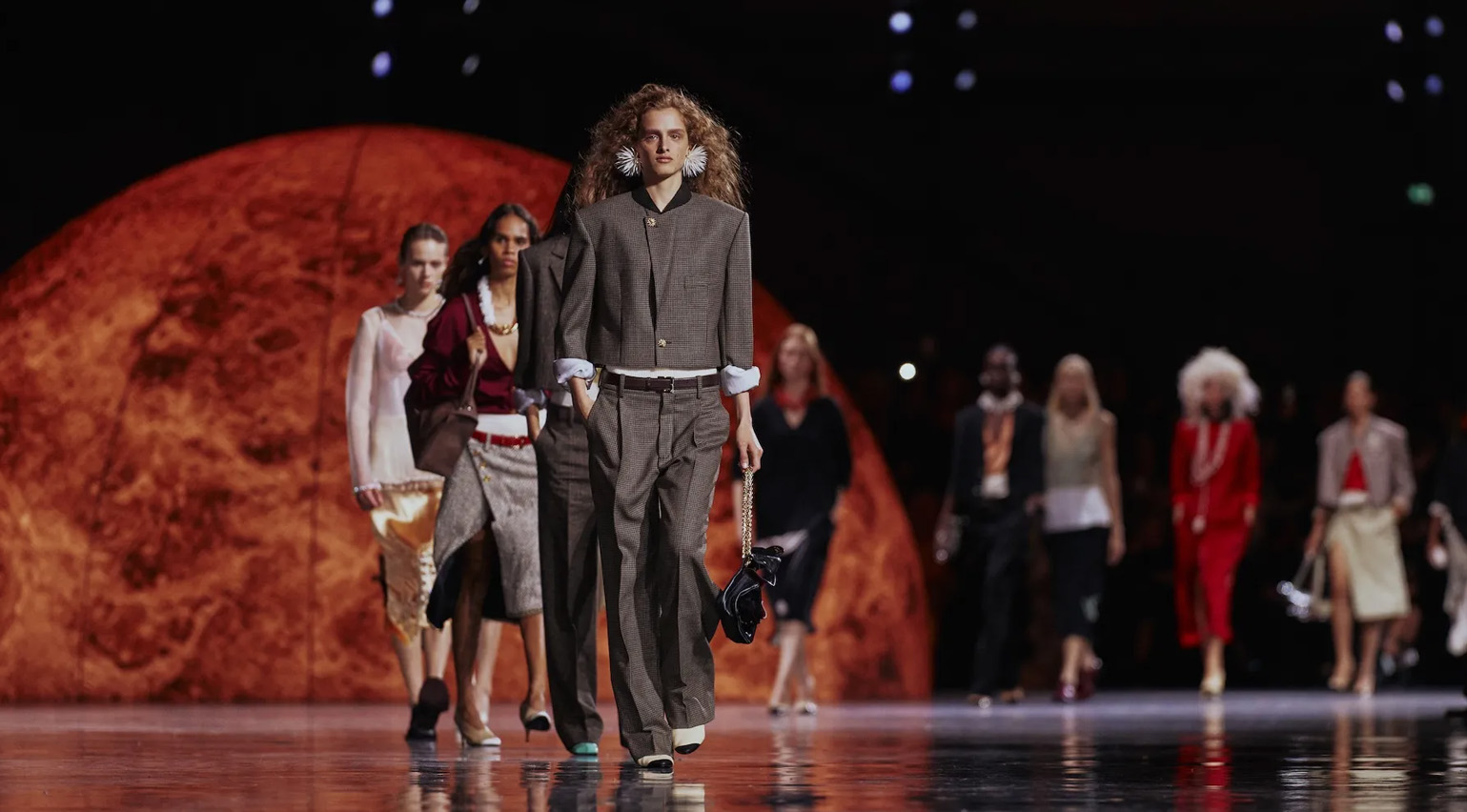 Debuts, dandies, Demi Moore: 25 fashion moments that defined 2025 in style
Debuts, dandies, Demi Moore: 25 fashion moments that defined 2025 in style2025 was a watershed year in fashion. As selected by the Wallpaper* style team, here are the 25 moments that defined the zeitgeist
-
 Step inside this resilient, river-facing cabin for a life with ‘less stuff’
Step inside this resilient, river-facing cabin for a life with ‘less stuff’A tough little cabin designed by architects Wittman Estes, with a big view of the Pacific Northwest's Wenatchee River, is the perfect cosy retreat
-
 Remembering Robert A.M. Stern, an architect who discovered possibility in the past
Remembering Robert A.M. Stern, an architect who discovered possibility in the pastIt's easy to dismiss the late architect as a traditionalist. But Stern was, in fact, a design rebel whose buildings were as distinctly grand and buttoned-up as his chalk-striped suits
-
 Own an early John Lautner, perched in LA’s Echo Park hills
Own an early John Lautner, perched in LA’s Echo Park hillsThe restored and updated Jules Salkin Residence by John Lautner is a unique piece of Californian design heritage, an early private house by the Frank Lloyd Wright acolyte that points to his future iconic status
-
 The Architecture Edit: Wallpaper’s houses of the month
The Architecture Edit: Wallpaper’s houses of the monthFrom wineries-turned-music studios to fire-resistant holiday homes, these are the properties that have most impressed the Wallpaper* editors this month
-
 The Stahl House – an icon of mid-century modernism – is for sale in Los Angeles
The Stahl House – an icon of mid-century modernism – is for sale in Los AngelesAfter 65 years in the hands of the same family, the home, also known as Case Study House #22, has been listed for $25 million
-
 Houston's Ismaili Centre is the most dazzling new building in America. Here's a look inside
Houston's Ismaili Centre is the most dazzling new building in America. Here's a look insideLondon-based architect Farshid Moussavi designed a new building open to all – and in the process, has created a gleaming new monument
-
 Frank Lloyd Wright’s Fountainhead will be opened to the public for the first time
Frank Lloyd Wright’s Fountainhead will be opened to the public for the first timeThe home, a defining example of the architect’s vision for American design, has been acquired by the Mississippi Museum of Art, which will open it to the public, giving visitors the chance to experience Frank Lloyd Wright’s genius firsthand
-
 Clad in terracotta, these new Williamsburg homes blend loft living and an organic feel
Clad in terracotta, these new Williamsburg homes blend loft living and an organic feelThe Williamsburg homes inside 103 Grand Street, designed by Brooklyn-based architects Of Possible, bring together elegant interiors and dramatic outdoor space in a slick, stacked volume